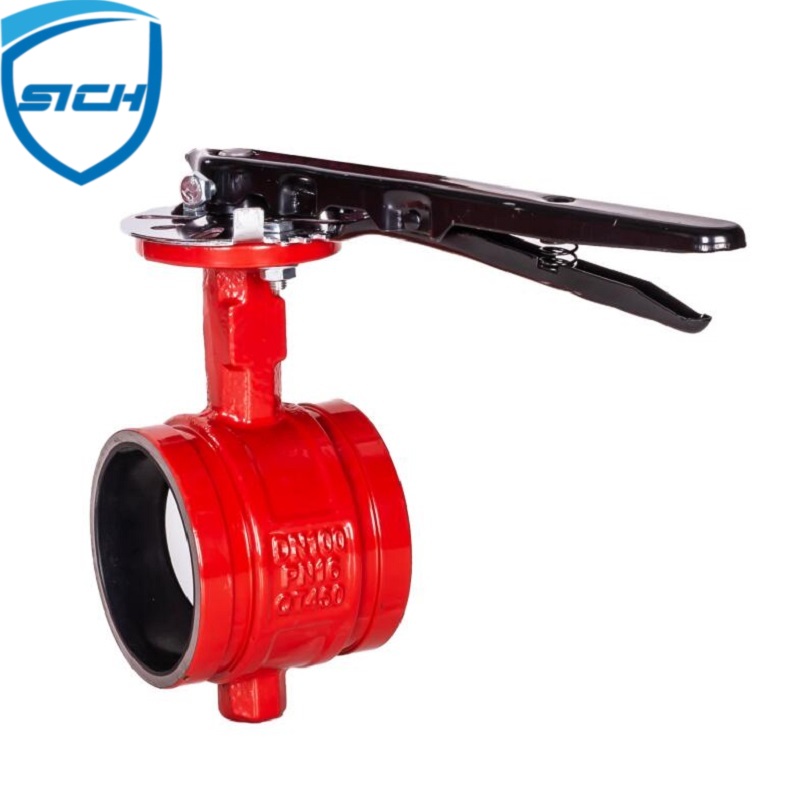A fire monitor valve foam equipment is a type of fire suppression system that uses foam to extinguish fires. The system typically consists of a foam concentrate tank, a water supply, a foam proportioning system, and a foam delivery system. The fire monitor valve is a critical component of the system, as it controls the flow of water and foam concentrate to the delivery system.
Here are some key features and functions of a fire monitor valve foam equipment:
Proportioning: The fire monitor valve foam equipment is designed to proportion the foam concentrate with the water supply to create a stable foam solution that can be delivered to the fire.
Flow control: The valve controls the flow of water and foam concentrate to the delivery system, allowing firefighters to adjust the flow rate and pressure as needed.
Pressure regulation: The valve helps to regulate the pressure of the foam solution, ensuring that it is delivered to the fire at the correct pressure.
Safety features: Fire monitor valve foam equipment may include safety features to prevent over-pressurization or other issues that could lead to equipment failure.
Maintenance requirements: The fire monitor valve foam equipment requires regular maintenance to ensure that it remains in good working condition. This may include inspections, testing, and cleaning of the valve and other system components.
Compatibility: The fire monitor valve foam equipment must be compatible with the foam concentrate being used, as well as the water supply and delivery system.
Overall, the fire monitor valve foam equipment is acritical component of a fire suppression system that uses foam to extinguish fires. It plays a key role in proportioning the foam concentrate with the water supply, controlling the flow and pressure of the foam solution, and ensuring that the system remains safe and effective over time. Proper maintenance and care of the valve and other system components are essential for ensuring that the system is ready to perform when needed. It is important to follow manufacturer’s recommendations for maintenance and testing intervals, as well as to comply with any relevant fire codes and regulations regarding the inspection, testing, and maintenance of fire suppression systems.
Fire codes and regulations for fire suppression systems may vary depending on the location, building type, and intended use of the structure.
However, some common codes and standards include:
NFPA 13: Standard for the Installation of Sprinkler Systems: This standard provides requirements for the design, installation, and maintenance of automatic sprinkler systems.
NFPA 14: Standard for the Installation of Standpipe and Hose Systems: This standard provides requirements for the design, installation, Fire monitor valve foam equipment manufacturer and maintenance of standpipe and hose systems, which are used to provide water for fire suppression and control.
NFPA 20: Standard for the Installation of Stationary Pumps for Fire Protection: This standard provides requirements for the design, installation, and maintenance of stationary pumps used for fire protection.
NFPA 25: Standard for the Inspection, Testing, and Maintenance of Water-Based Fire Protection Systems: This standard provides requirements for the inspection, testing, and maintenance of water-based fire protection systems, such as sprinkler systems and standpipe systems.
International Fire Code (IFC): The IFC is a model code that provides minimum requirements for fire prevention and protection. It includes provisions for fire suppression systems, such as sprinkler systems and standpipe systems, as well as requirements for fire alarm systems, fire extinguishers, and other fire protection equipment.
National Building Code of Canada (NBCC): The NBCC is a model code that provides requirements for the design and constructionof buildings in Canada. It includes provisions for fire protection and suppression systems, as well as requirements for fire alarm systems, fire extinguishers, and other fire protection equipment.
European Standard EN 12845: This standard provides requirements for the design, installation, and maintenance of automatic sprinkler systems in Europe.
It is important to note that these codes and standards are not exhaustive, and additional codes and regulations may apply depending on the specific location, building type, and intended use. It is important to consult with local fire authorities and building officials to ensure that fire suppression systems meet all relevant codes and regulations, and to follow manufacturer’s recommendations for maintenance and testing intervals to ensure that the system remains in good working condition over time.

Comments